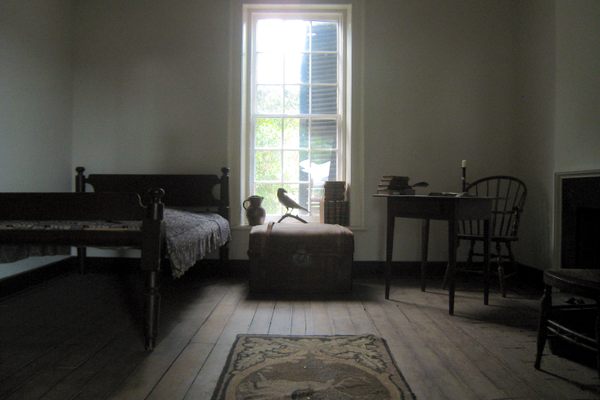About
Phineas Gage was a 19th Century construction foreman. In 1848, at the age of 25, he was working in Cavendish, VT, blasting through boulders to prepare for a railroad line. To do this, he would bore a hole in a rock, fill it with gunpowder and a fuse, throw in an insulating layer of sand, tamp it down with a heavy iron bar, light the fuse, and take cover.
At one point, something went amiss, and the gunpowder ignited prematurely, rocketing the 3.5-foot-long bar of iron directly through his cheek bone, brain, and skull, before landing some 25 yards behind him. However, he survived and was treated by the resident physician, Dr. John Martyn Harlow. After about 10 weeks he recovered, with only a bad eye and some scarring belying the accident.
Phineas gained some fame for his accident, both in the medical community and in the public sphere. He even displayed himself at Barnum’s famous New York museum. Eventually, in 1890, 12 years after the accident, he died of an epileptic fit.
In Cavendish, Gage has his own memorial. A large rock striated on its sides with bore holes is set in a small park in the middle of town. On that rock is a large bronze plate that tells Gage’s story. It includes an image of his skull showing the “placement” of the tamping bar, an image of Dr. Harlow, a map of the area showing with relevant locations marked, the story itself, and a detailed chronology of the events of Gage’s life.
After his death, his skull was sent to Dr. Harlow. Today, it’s on display with the infamous tamping iron itself (which has been engraved with Gage’s story) at the Warren Anatomical Museum on the fifth floor of the Countway Library of Medicine on 10 Shattuck St. in Boston. Adapted with Permission from: The New England Grimpendium by J.W. Ocker
Related Tags
Community Contributors
Added By
Published
May 16, 2012




























